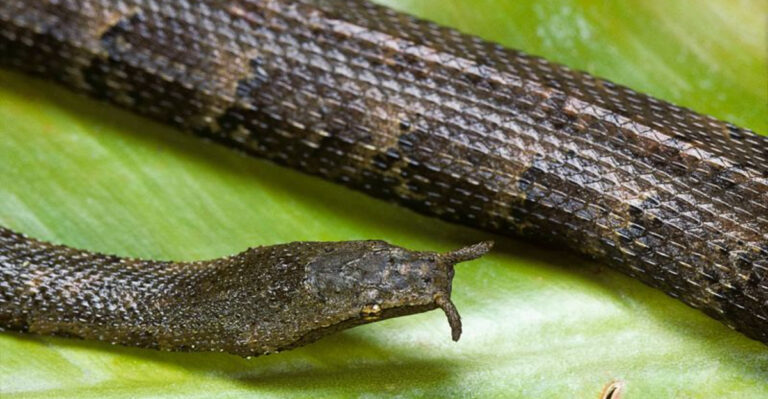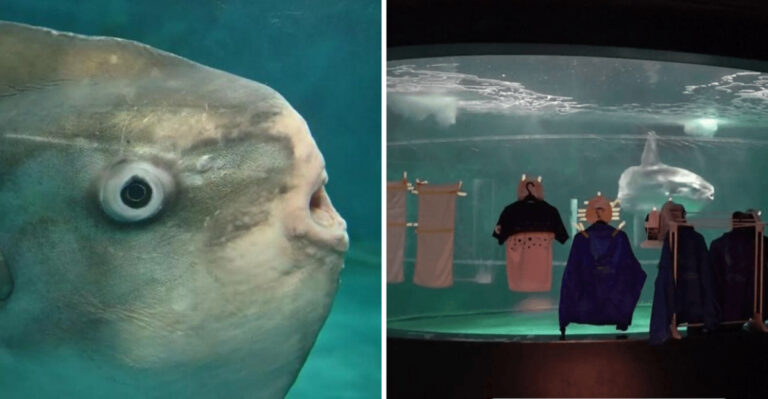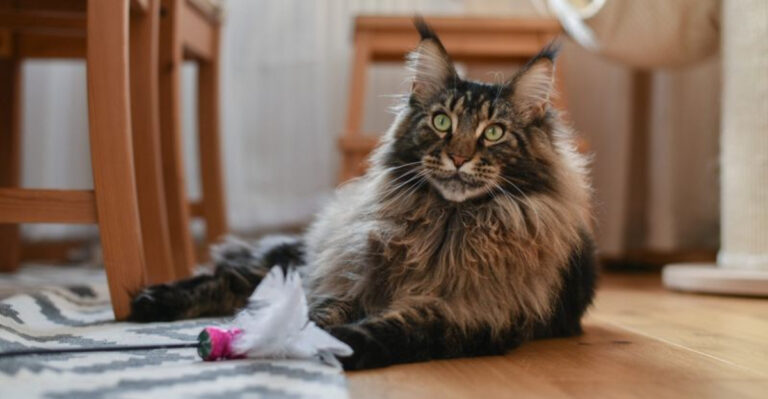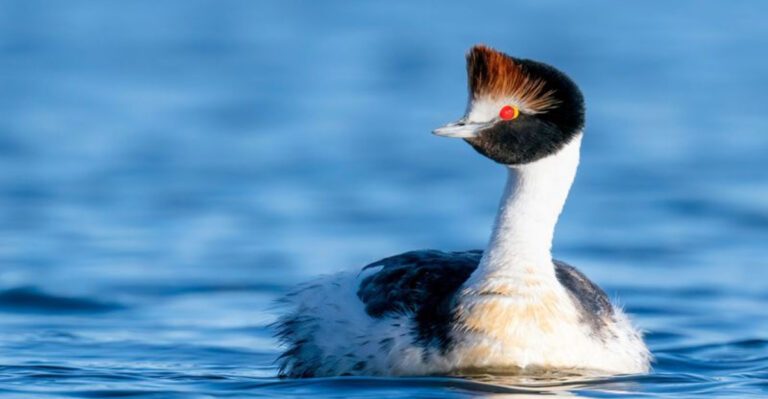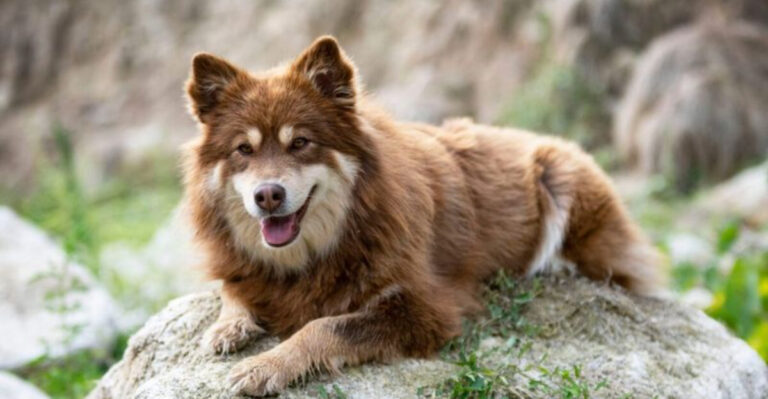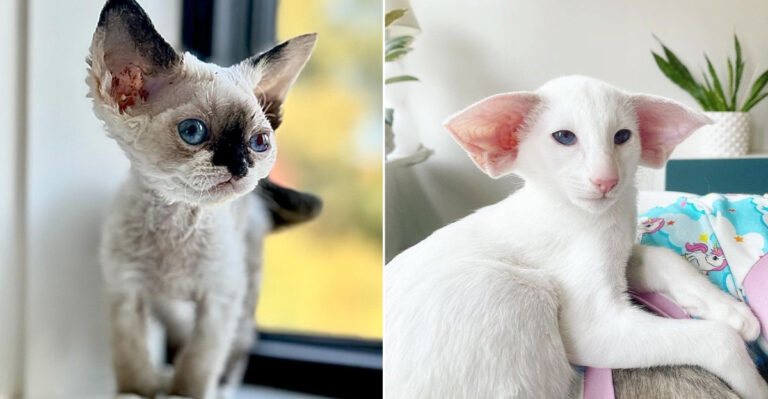16 Ways Cats Display Emotional Strength Beyond Dogs’ Abilities
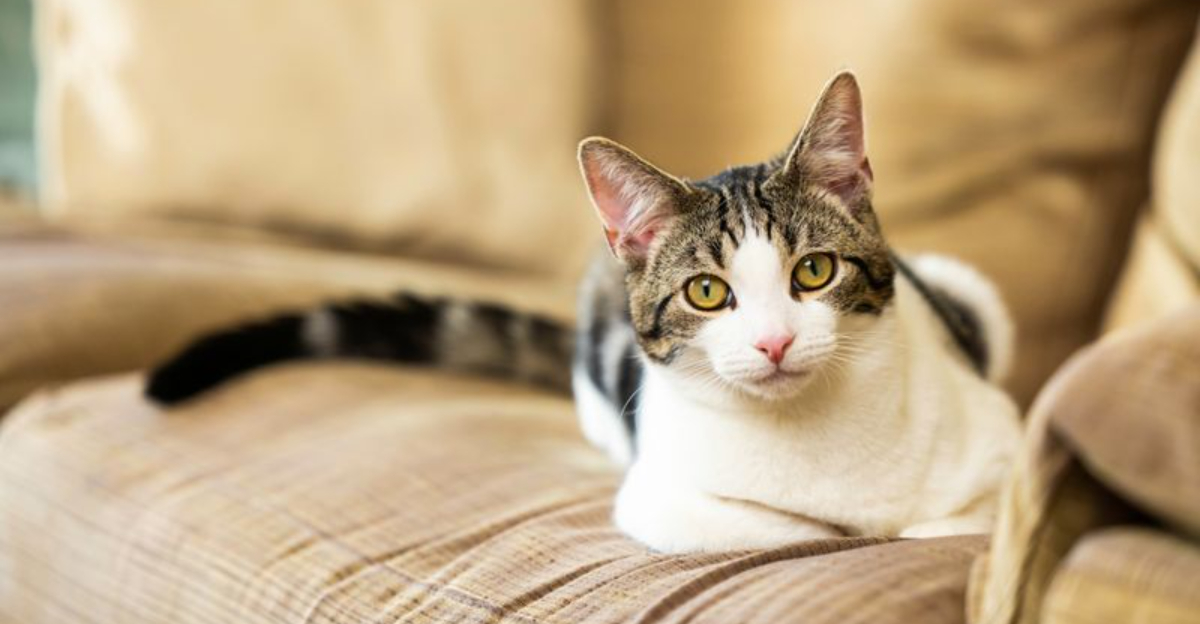
Ever wondered why cats seem so cool under pressure? While dogs wear their hearts on their sleeves, our feline friends handle emotions differently.
Cats possess remarkable emotional resilience that often goes unnoticed, quietly demonstrating psychological strength in ways dogs simply can’t match.
1. Independent Problem-Solving
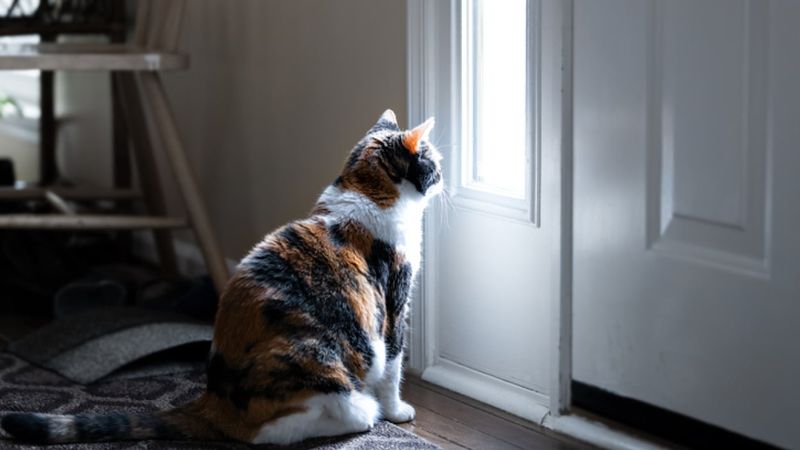
Watch a cat trapped in a closet – instead of barking for help, they’ll methodically test every escape route. This self-reliance shows remarkable emotional control.
Unlike dogs who panic when separated from owners, cats calmly assess situations and find solutions without emotional meltdowns. Their brains are wired for cool-headed analysis even under stress.
2. Graceful Acceptance Of Change
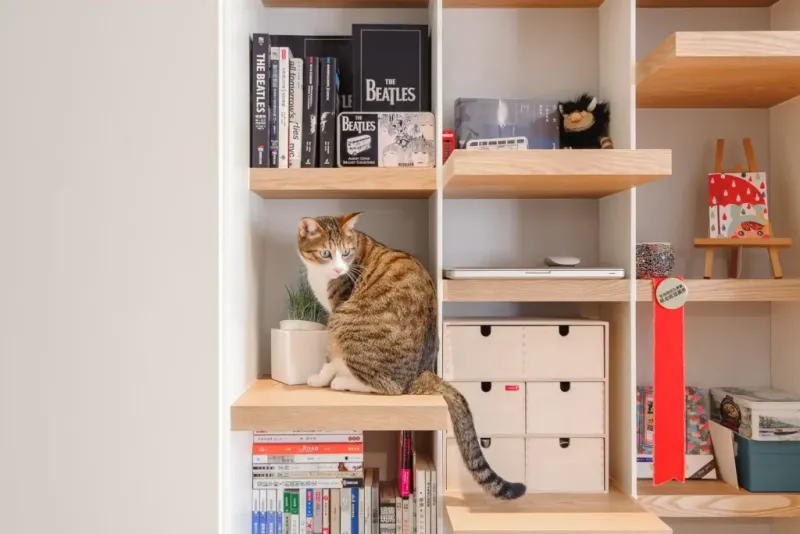
Moved furniture around? Your cat might inspect it curiously, then simply adapt their routine. This flexibility reveals profound emotional stability.
While dogs often stress when their environment changes, cats recalibrate quickly, finding new favorite spots and pathways. This ability to accept change without prolonged distress demonstrates their remarkable emotional resilience.
3. Selective Vulnerability Display
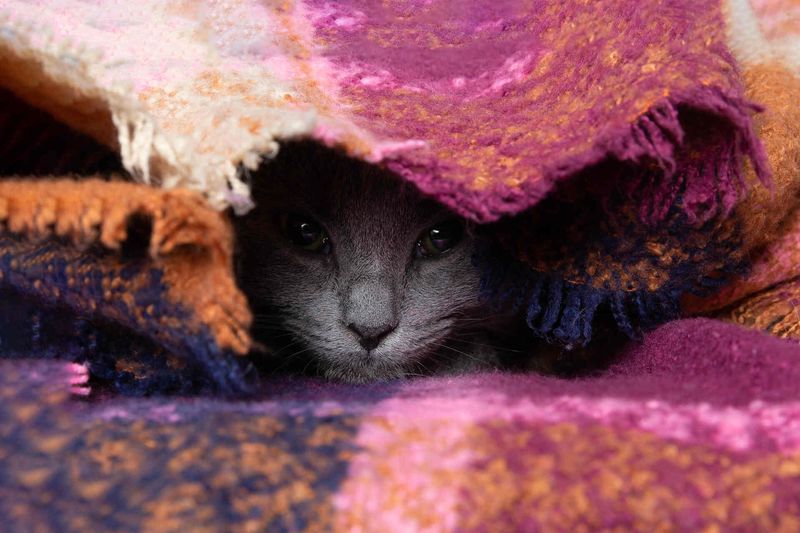
Feeling unwell? A cat won’t broadcast weakness like dogs do. They’ll quietly find a secluded spot until feeling better – an evolutionary protection mechanism.
This selective vulnerability isn’t coldness but emotional intelligence. By choosing when and to whom they show vulnerability, cats maintain dignity while protecting themselves from potential threats that might exploit weakness.
4. Emotional Self-Regulation
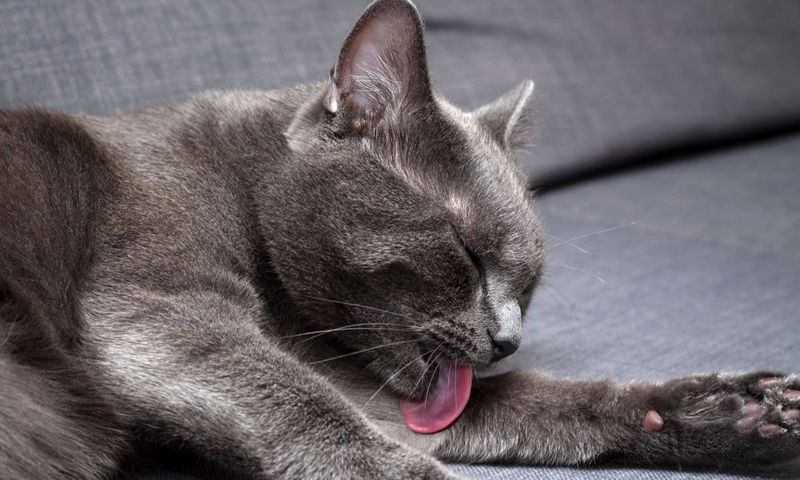
Ever seen a cat get startled, then immediately groom themselves? This isn’t vanity – it’s a sophisticated self-soothing technique.
Through grooming, cats literally lick away stress hormones while regulating their heart rate. Unlike dogs who might remain agitated, cats have evolved this built-in emotional reset button that helps them quickly return to baseline calm.
5. Dignified Grieving Process
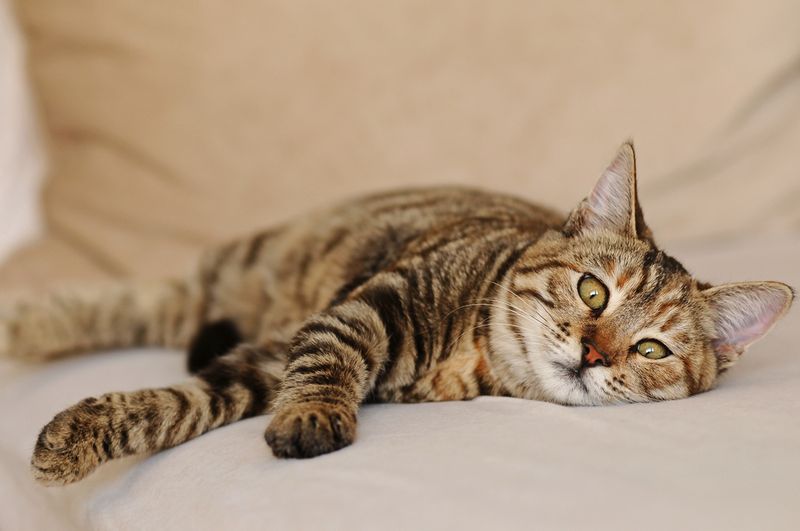
Fascinating but heart-wrenching: cats process loss with remarkable dignity. When a companion animal passes, many cats will quietly search or sit in their friend’s favorite spots.
Unlike dogs who might display prolonged distress behaviors, cats often internalize grief. They might become temporarily more affectionate or withdrawn, but they process emotions without losing their essential cat-ness or independence.
6. Calculated Affection
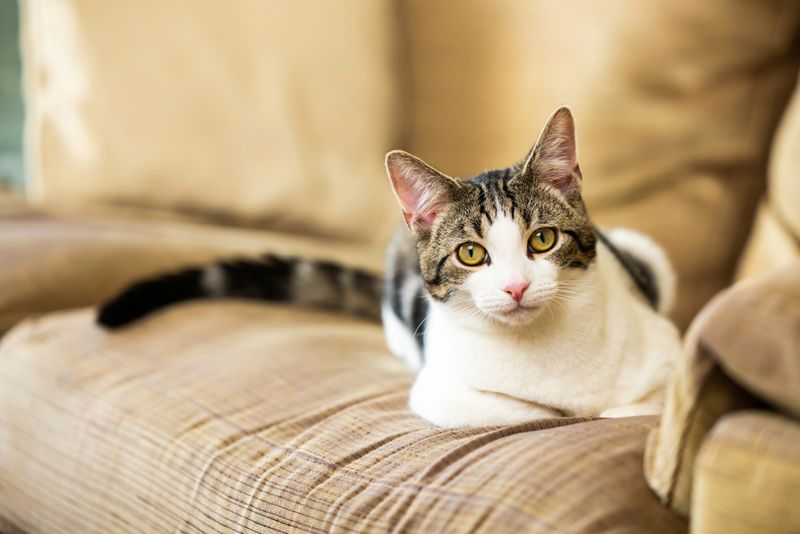
Unlike dogs’ constant approval-seeking, cats offer affection on their terms – a sign of emotional security, not aloofness.
When a cat chooses to sit on your lap, they’ve made a deliberate decision based on trust and genuine desire for connection. This selective affection demonstrates their emotional intelligence and healthy boundaries.
7. Territorial Confidence
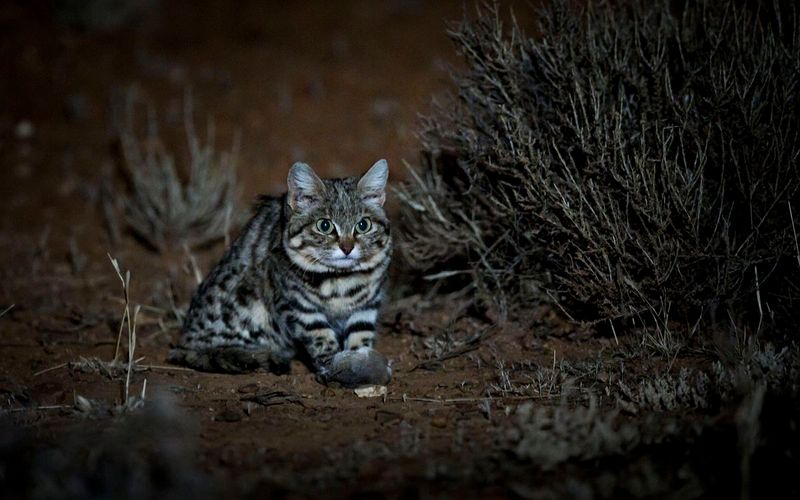
Stray into a cat’s territory and witness their unwavering confidence. Without size advantage, they’ll stand their ground against much larger animals.
This territorial assurance isn’t just instinct but emotional fortitude. Unlike many dogs who rely on pack support, cats possess an innate self-belief that allows them to face challenges alone, trusting their skills and judgment.
8. Patience In Pursuit
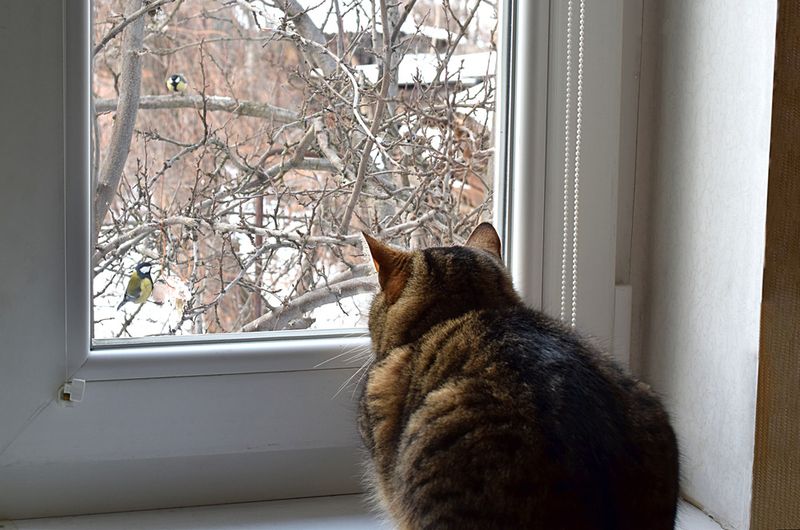
Watching birds through windows for hours? That’s not just predatory instinct – it’s extraordinary emotional patience dogs rarely match.
A cat can maintain perfect focus without frustration, sometimes for hours. This remarkable self-control demonstrates their ability to regulate impulsivity and delay gratification, hallmarks of advanced emotional intelligence.
9. Balanced Solitude Enjoyment
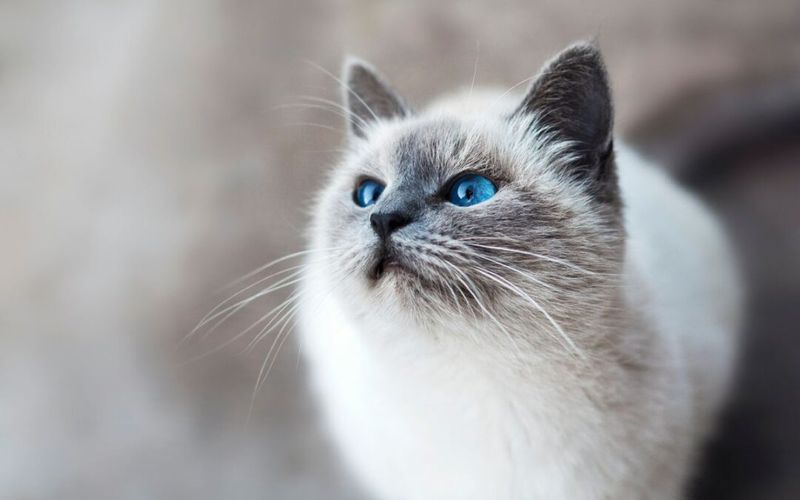
Alone time isn’t punishment for cats – it’s essential self-care they actively seek. This healthy relationship with solitude shows emotional maturity.
While dogs often experience separation anxiety, cats understand the value of quiet reflection. They’ve mastered the art of being comfortably alone without loneliness, a sophisticated emotional skill many humans struggle to develop.
10. Deliberate Vulnerability Choice
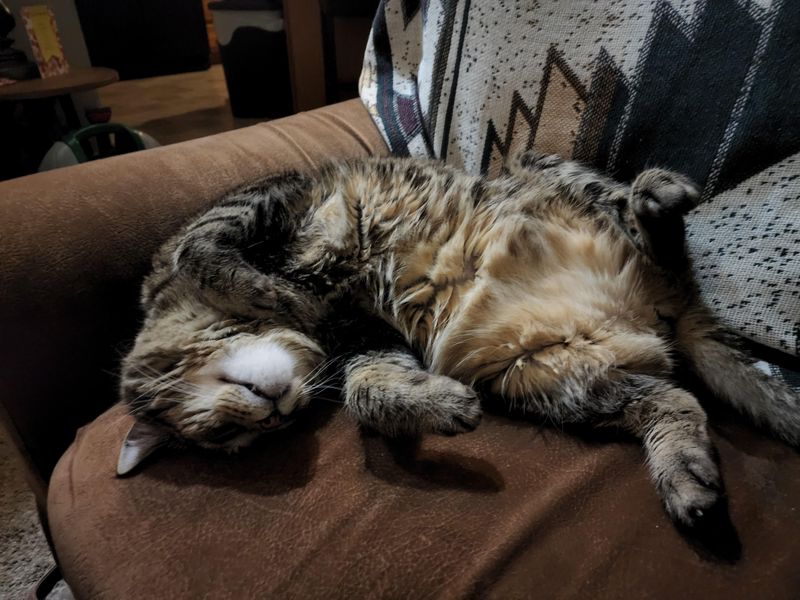
Belly exposure isn’t just cute – it’s a profound trust display from a predator protecting their most vulnerable area. The choice to show this vulnerability demonstrates emotional security.
Unlike dogs who readily display their bellies, cats reserve this gesture for deeply trusted companions. When they choose to reveal this vulnerability, they’re making a calculated emotional decision based on trust assessment.
11. Resilience After Trauma
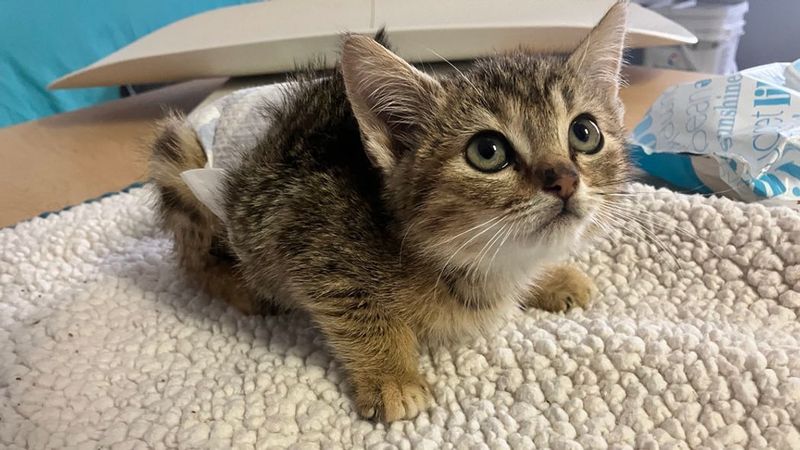
Rescue shelter workers often marvel at cats’ ability to overcome difficult pasts. After abuse or abandonment, many cats can still form trusting relationships.
This emotional resilience surpasses what’s typically seen in dogs with similar histories. While healing takes time, cats possess a remarkable ability to compartmentalize trauma and remain open to positive experiences without letting past hurts define them.
12. Sophisticated Emotional Memory
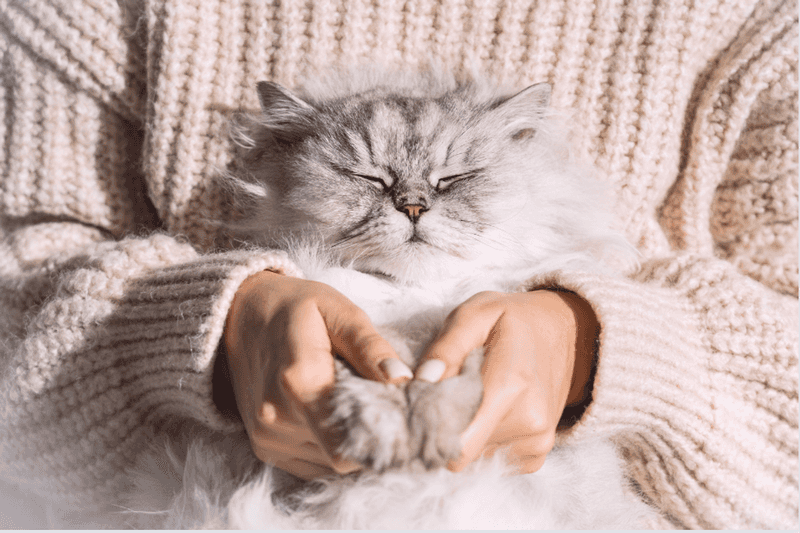
Left for vacation? Your cat might ignore you briefly upon return – -not pettiness, but a complex emotional response to perceived abandonment.
Unlike dogs who typically forgive instantly, cats process feelings of abandonment and require relationship repair, showing their nuanced understanding of social bonds.
13. Contemplative Observation Skills
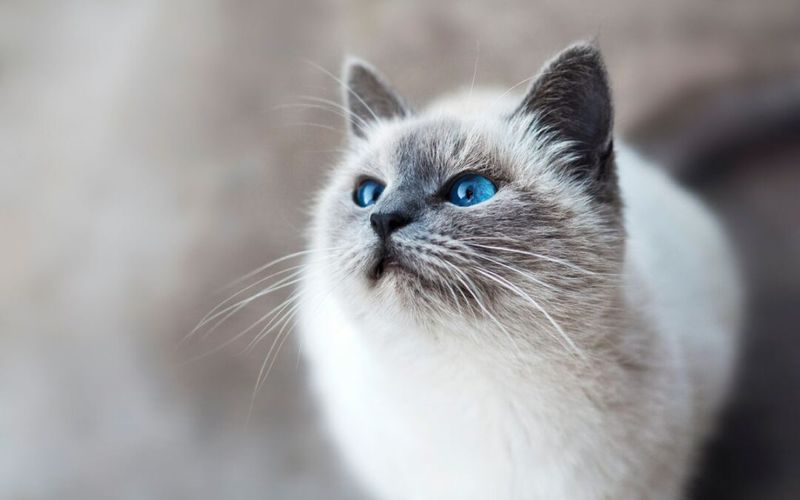
Those long staring sessions aren’t just zoning out – cats are processing complex environmental information, demonstrating remarkable emotional patience.
While dogs often react immediately to stimuli, cats observe before responding. This contemplative approach allows them to conserve emotional energy and make calculated decisions rather than reactive ones.
14. Balanced Relationship Boundaries
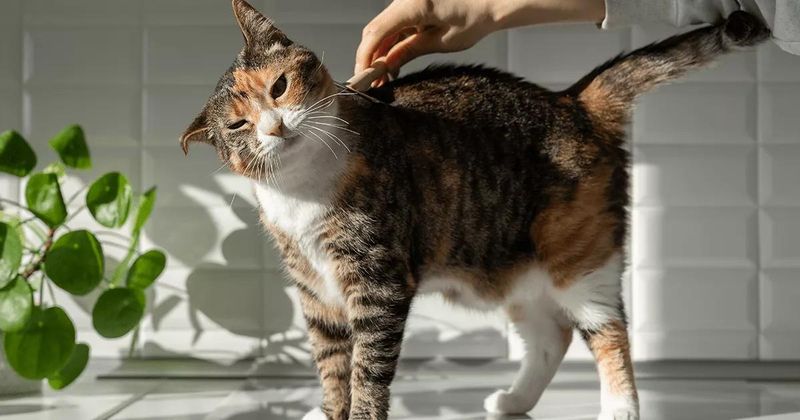
Cats know when they’ve had enough, making it clear without apology. Maintaining emotional independence is second nature, even in close relationships.
They’re masters of self-advocacy, confidently setting boundaries that protect their well-being. Rather than seeking constant approval, they embrace a secure sense of self-worth.
15. Cautious Trust Development
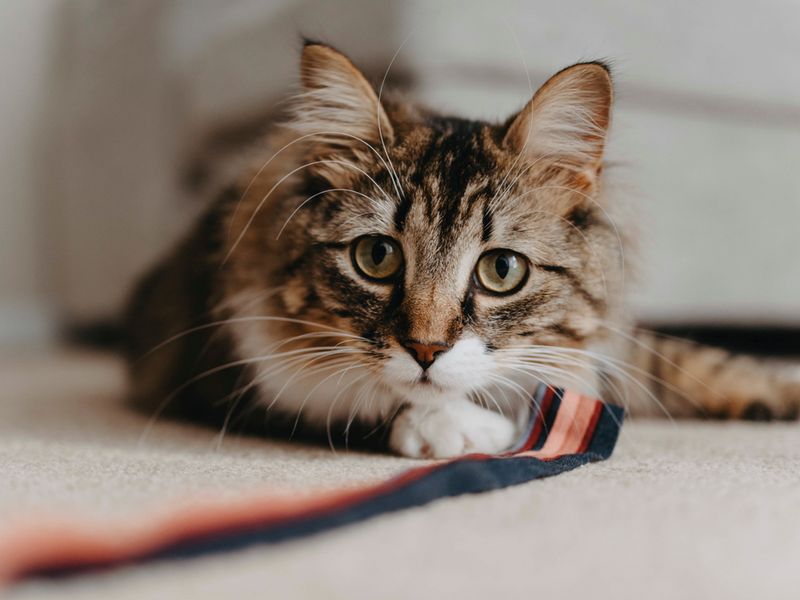
That slow-blinking “cat kiss” represents sophisticated emotional processing. Cats deliberately evaluate relationships before offering trust, unlike dogs’ often immediate acceptance.
By carefully assessing humans over time, cats form fewer but deeper attachments based on genuine compatibility rather than instinctual pack mentality.
16. Composed Conflict Resolution
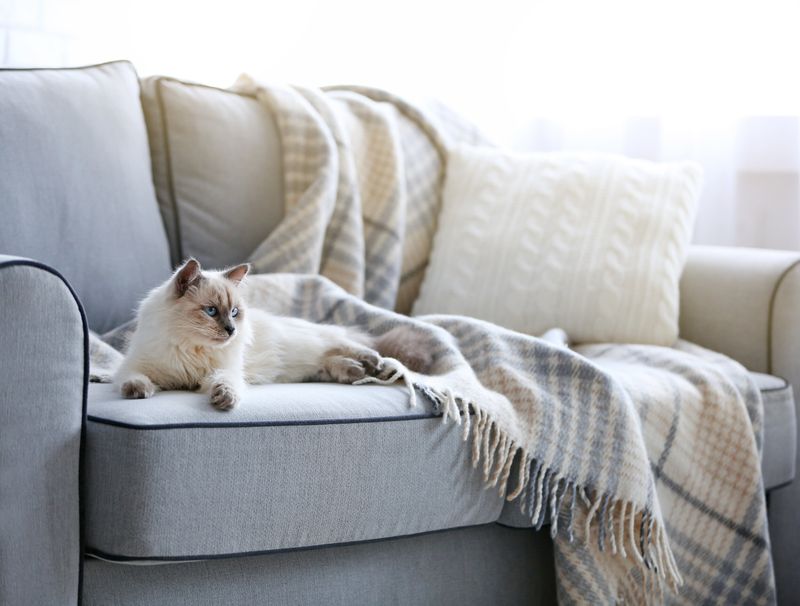
Multiple-cat households reveal fascinating conflict management. Rather than prolonged confrontations, cats often resolve disputes through subtle body language and temporary space-taking.
This sophisticated approach demonstrates emotional maturity and preserves household harmony through nuanced communication rather than force.

